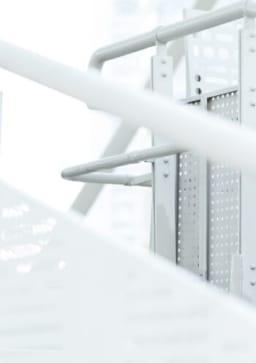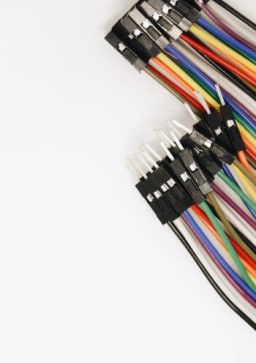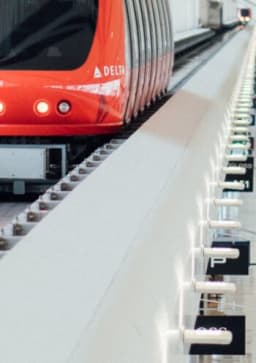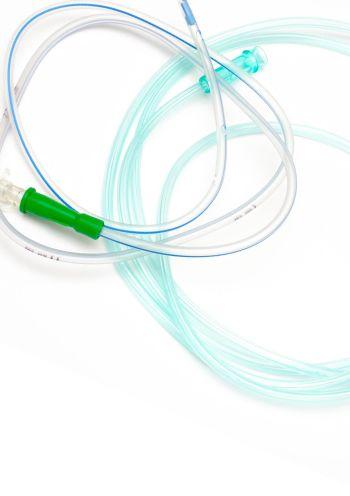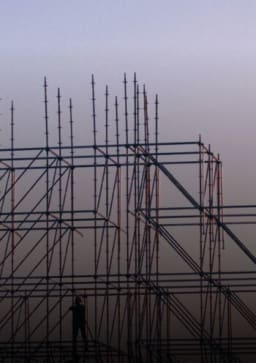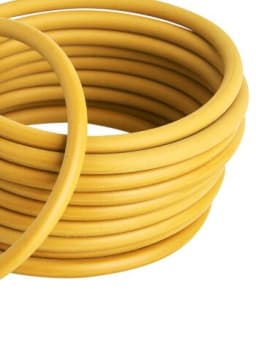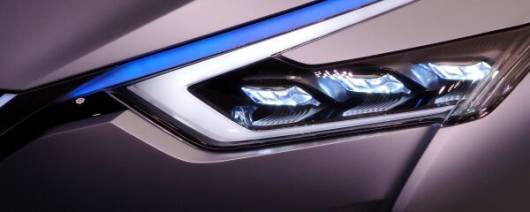Elastomer Engineering
About Us
In 2021, DLR Elastomer Engineering Ltd was formed following the successful acquisition and relocation of Elastomer Engineering Ltd into Dexine Leyland Rubber Technology Ltd (DLRT) at our Leyland Facility. DLRT was formed by the merger of Leyland Rubber Components and Dexine Rubber Technologies, both of which have 100+ years of history as rubber manufacturers.
We are proud to call ourselves experts in the design, development and manufacture of specialized polymer products.
Established in 1966, Elastomer Engineering was a UK based rubber molding company, delivering products in all commercially available rubbers and polyurethane products. As thermosetting elastomer manufacturers, we specialize in rubber-to-metal bonding and making parts from thermosetting rubbers.
Today, DLR Elastomer is a highly experienced and reliable rubber sheeting, fabrications and molding company with materials science and manufacturing expertise from many different fields, combining them to produce bespoke rubber products.
Browse Products by Market
View All ProductsBrowse Products by Technology
View All ProductsMost Viewed Products
View All ProductsMost Viewed Brands
View All Brands